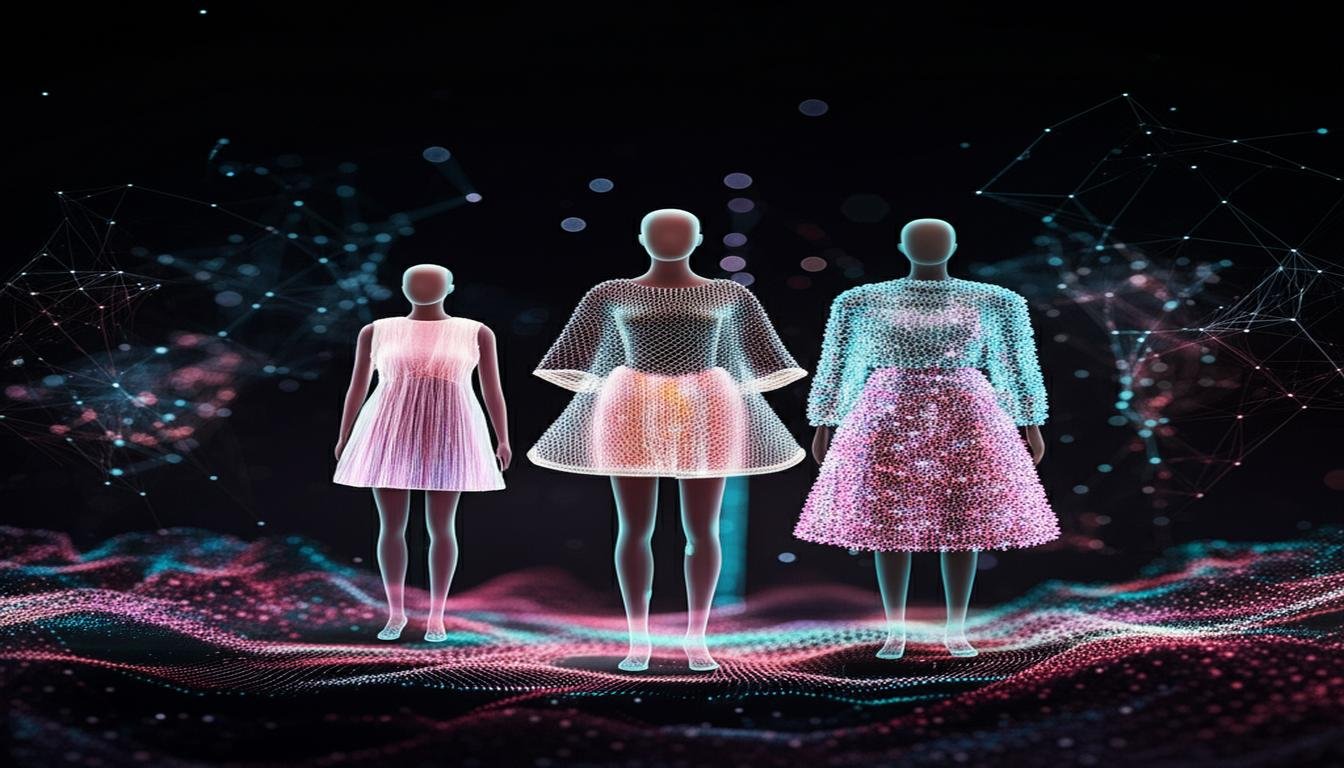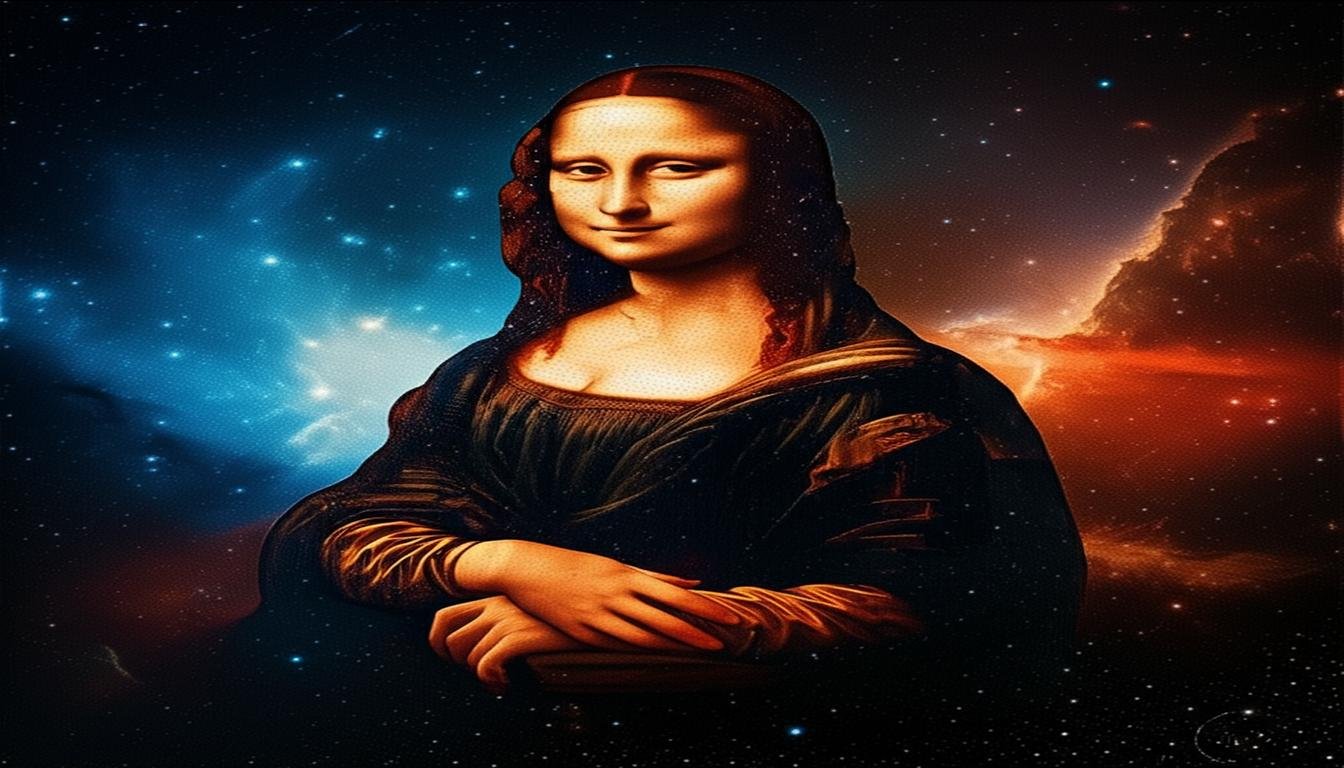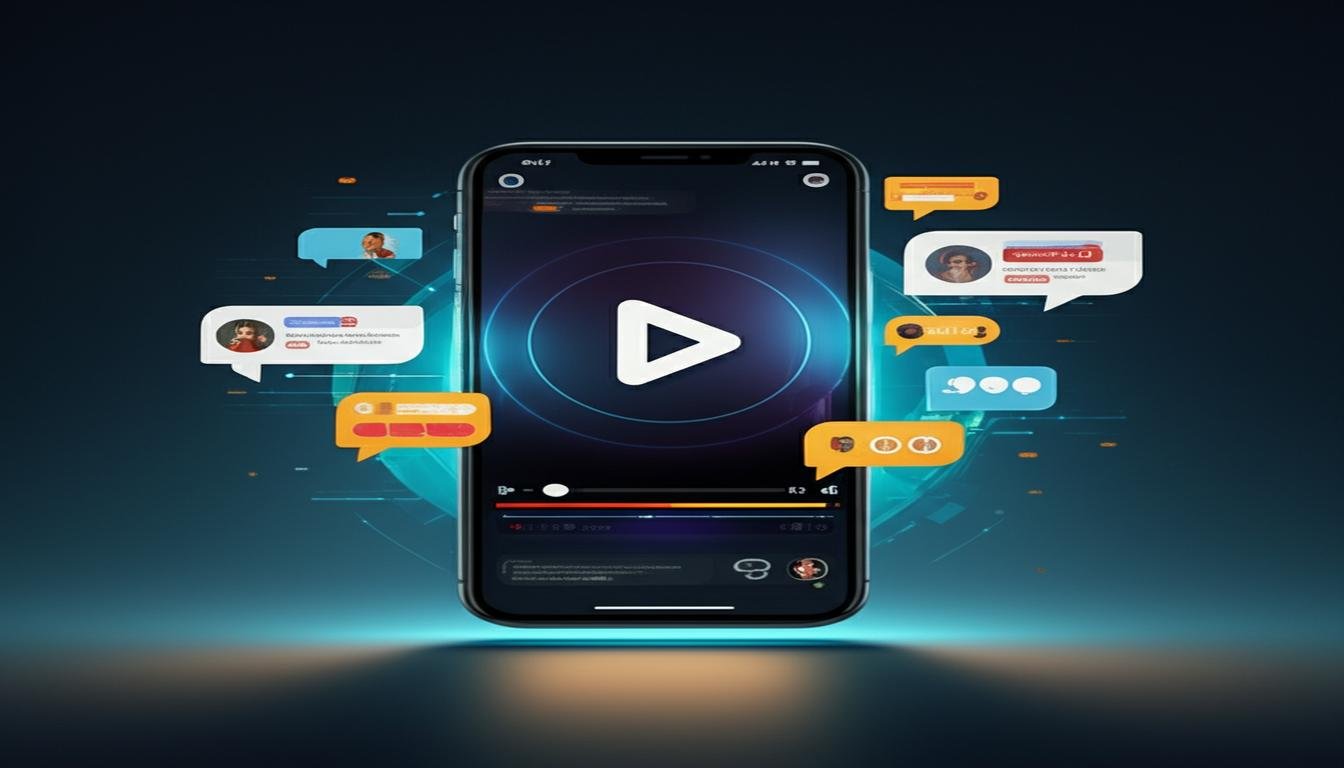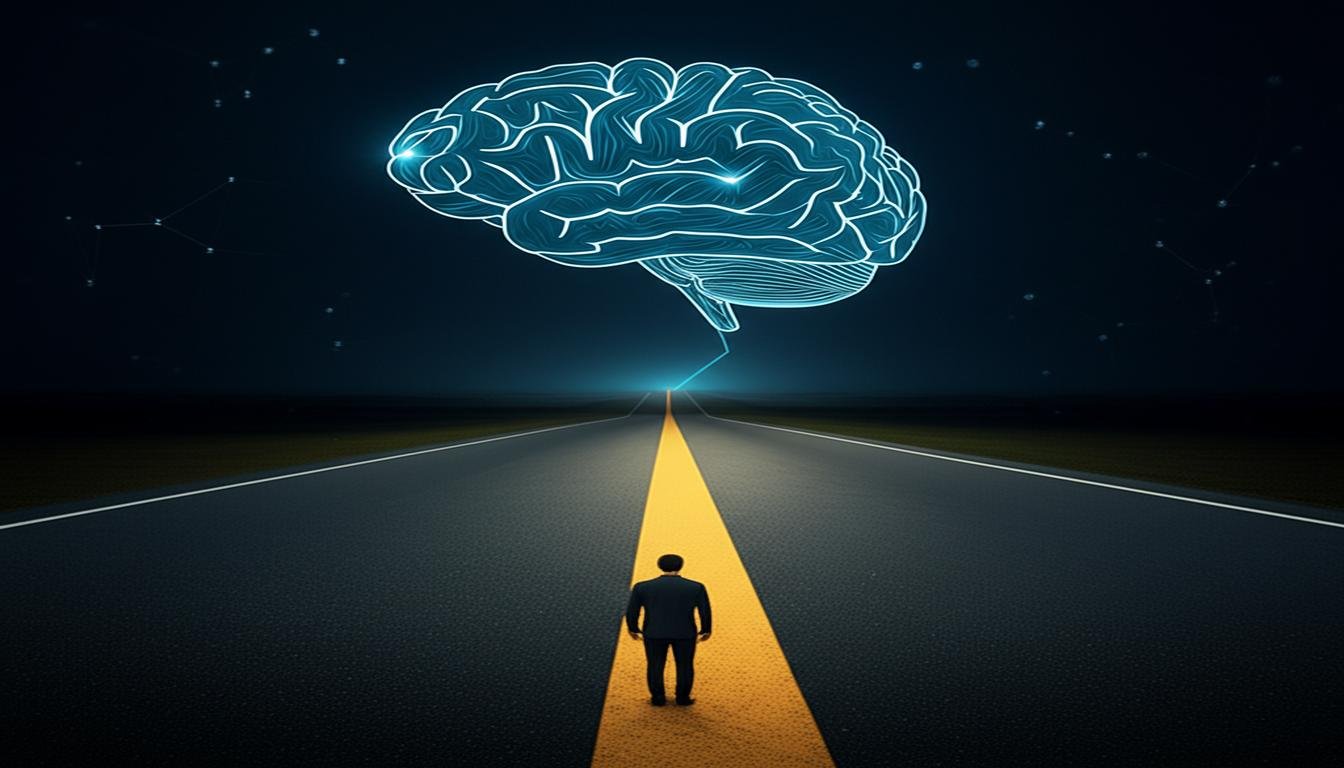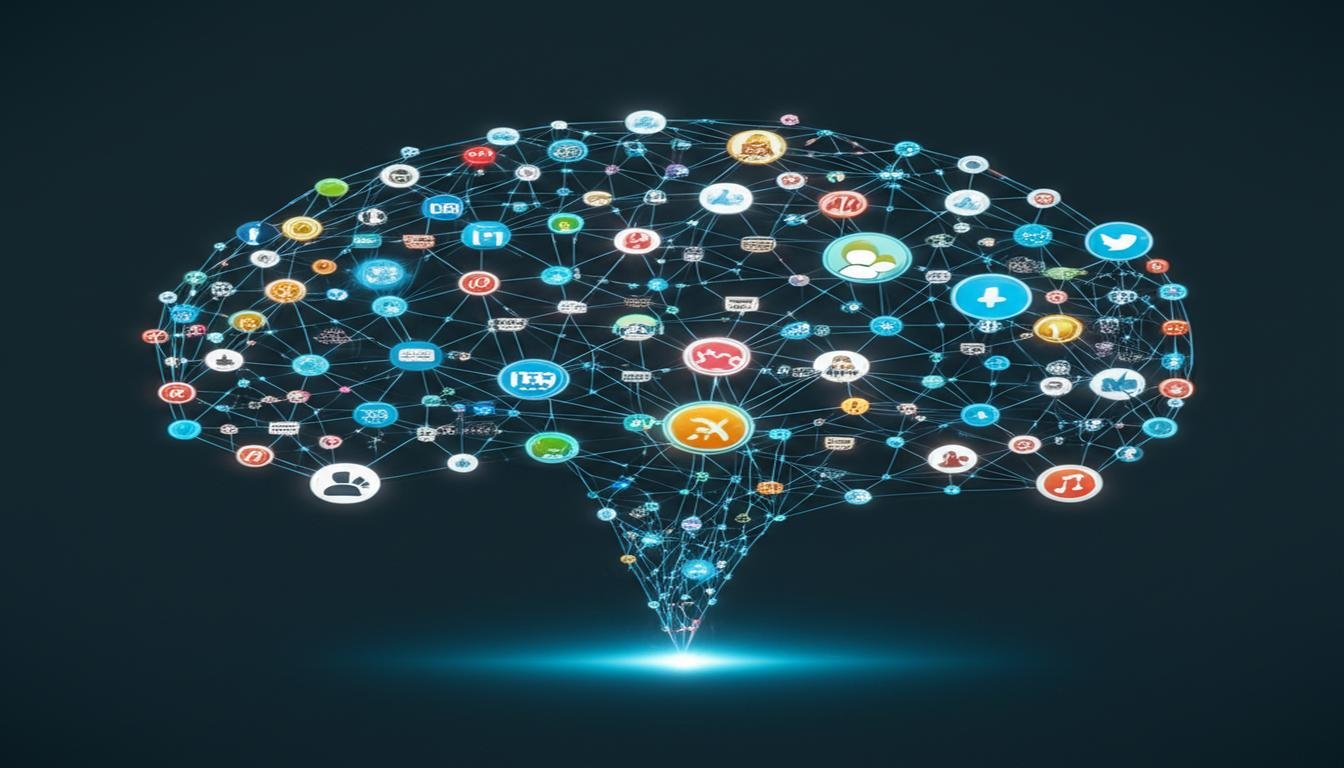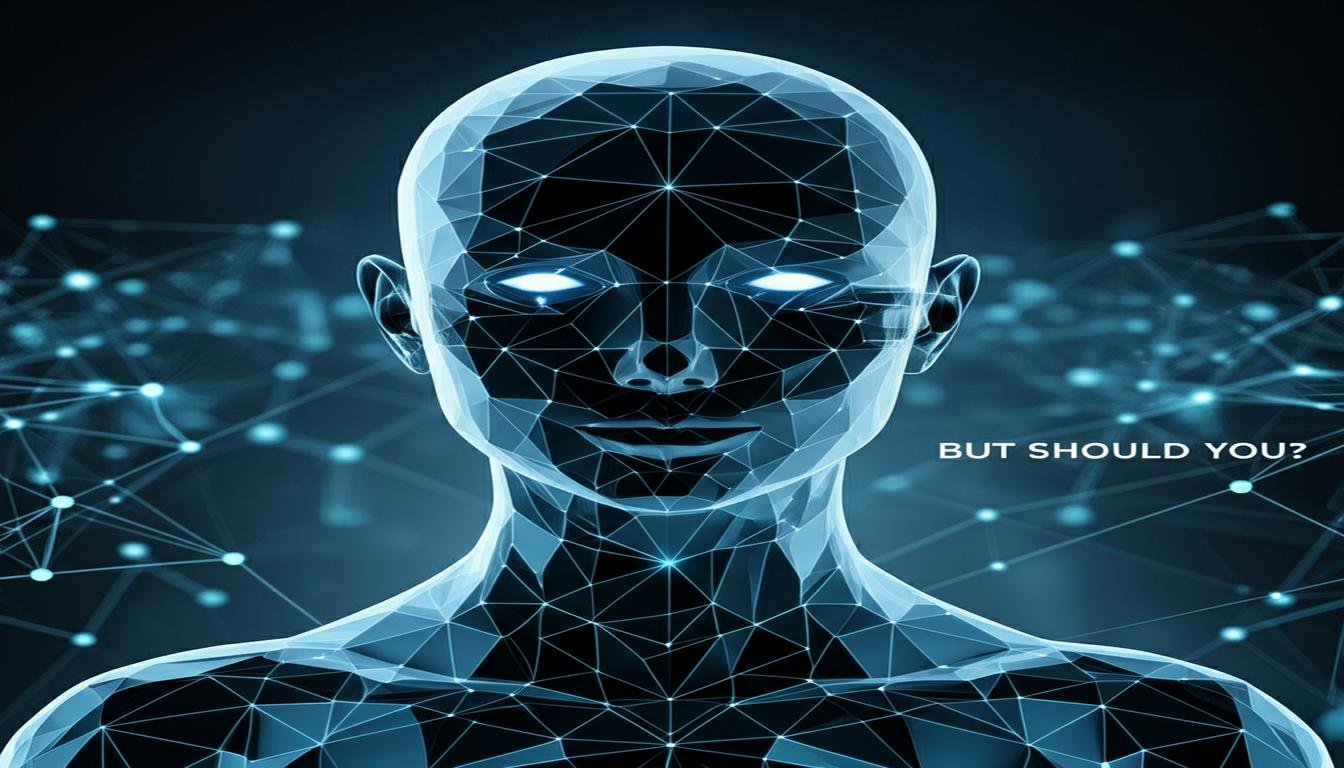Ever wondered where fashion trends really come from? It’s not always just a visionary designer or a celebrity stylist. Believe it or not, a silent, powerful force is increasingly shaping what you see on runways, in stores, and even in your social media feed: Artificial Intelligence. That’s right, the digital brains we often associate with robots and self-driving cars are now deep in the fabric of the fashion world. They’re not just automating tasks; they’re actively predicting, influencing, and even creating the next big thing. Let’s dive into this fascinating, often hidden, world of AI-generated fashion trends. Beyond the Runway: How AI Spots What’s Next Before a new collection hits the stores, there’s a whirlwind of trend forecasting. Traditionally, this involved human experts poring over cultural shifts, art exhibitions, and street style blogs. Now, AI supercharges this process. Analyzing the Data Deluge Think about the sheer amount of fashion data out there: millions of social media posts, street style photos, e-commerce sales figures, search queries, and even weather patterns. Humans can’t possibly process it all efficiently. But AI can. Machine learning algorithms can sift through this massive data ocean, identifying subtle patterns and connections that would take humans weeks or months to notice. It can pinpoint emerging color palettes on Instagram, track the rise of specific silhouettes on TikTok, or even predict which fabric textures will be popular next season based on consumer sentiment and environmental factors. This isn’t magic; it’s sophisticated data analysis predicting consumer desire. From Street Style to Algorithms Picture this: an AI scans countless images from fashion weeks globally, discerning common themes – a particular shade of green, oversized blazers, or the unexpected comeback of cargo pants. It doesn’t just see individual items; it understands the broader context and how different elements are combining to form a cohesive look. This kind of algorithmic fashion analysis allows brands to react faster and even anticipate what shoppers will want before they even know it themselves. Designing the Undesigned: AI as a Creative Partner AI’s role isn’t limited to just predicting trends. It’s actively involved in the creative process, too. Imagine an AI as a design assistant, capable of generating endless variations and novel concepts. Virtual Prototypes and Digital Collections Designers are increasingly using AI tools to experiment with new patterns, textures, and garment constructions. AI can generate thousands of unique print designs in minutes, or simulate how a fabric will drape and move without a single piece of cloth being cut. This not only speeds up the design cycle but also significantly reduces waste in the sampling process, which is a big win for sustainable fashion. Some brands are even creating entirely virtual collections, showcasing digital fashion pieces that exist only in the metaverse or on avatars. These AI-assisted designs explore new aesthetic boundaries and offer a glimpse into the future of digital-first clothing. Personalization at Scale Have you ever noticed how some online stores seem to know exactly what you’ll like? That’s AI at work, powering personalized fashion experiences. By analyzing your past purchases, browsing history, and even your style preferences on social media, AI can recommend clothing items that are highly likely to appeal to you. But it goes further: some companies are exploring AI-driven custom clothing, where unique garments are designed specifically for an individual’s taste, body measurements, and lifestyle, almost on demand. This level of personalized fashion isn’t just convenient; it fundamentally changes how we interact with clothing. The Ethical Thread: Questions to Consider While the prospect of AI shaping fashion is exciting, it also brings up some important questions we need to ponder. Originality and Inspiration If an AI generates a new print or a unique silhouette, who truly “designed” it? Where does human creativity end and algorithmic generation begin? This blurring of lines raises questions about intellectual property and the very definition of originality in design. We’re moving into an era where collaboration between human and artificial intelligence is key, but the balance is still being defined. Sustainability and Waste Reduction On the positive side, AI holds immense potential for making the fashion industry more sustainable. By accurately predicting demand, brands can produce less waste from overproduction. AI can optimize supply chains, reduce energy consumption, and even help in selecting eco-friendly materials. However, we must also ensure that AI-driven fast fashion doesn’t lead to even more rapid consumption and disposal. The goal should be conscious consumption, not just faster trend cycles. Your Role in the AI Fashion Future So, what does this hidden world mean for you, the fashion enthusiast and consumer? Stay Curious: Understand that many trends aren’t just organic; they’re informed by powerful algorithms. Shop Smart: Use personalized recommendations to discover new styles, but always consider if you truly need something before buying. Support Innovation: Look for brands that are openly experimenting with AI for good, whether it’s for sustainability or unique design. Define Your Own Style: While AI can suggest, your personal style is ultimately yours to shape. Don’t let algorithms completely dictate your wardrobe. The rise of AI in fashion is more than just a technological advancement; it’s a shift in how trends emerge, how clothes are designed, and how we interact with our wardrobes. It’s a hidden world no longer content to stay in the shadows, promising a future that’s both excitingly innovative and thoughtfully challenging. The next time you spot a must-have item, remember: there might be a digital brain behind its sudden popularity.
The Hidden World of AI-Generated Fashion Trends
